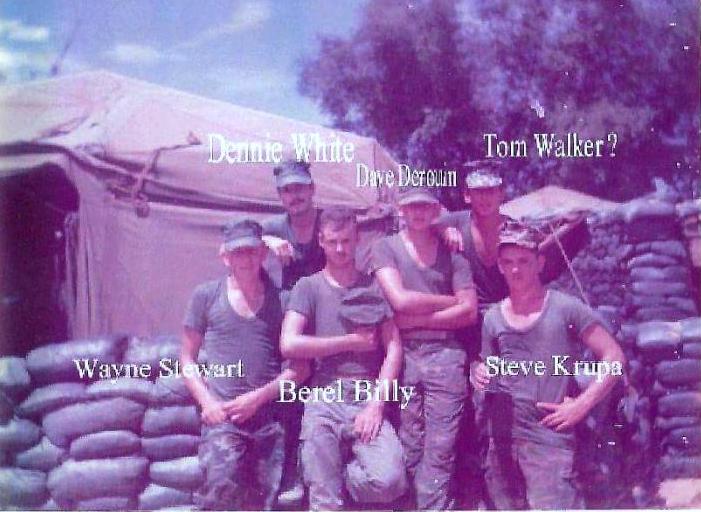
Pam Dudding-Burch
Contributing writer
Many people look forward to receiving a box of candy or some heartfelt flowers from that special someone on Valentine’s Day. As men and women unloaded from planes and helicopters after the Vietnam War, Americans seemed to be divided. There were few flowers, and even fewer cards and heart-shaped boxes.
Though many came back with lost limbs, some Americans still didn’t grasp the magnitude of the situation. When people sit down and talk to Vietnam Veterans, they realize that not all soldiers chose their commands and orders.
“When you are fighting for your life, you have to think fast,” one local Vietnam Veteran said. “It’s a different world when you are in the middle of a real war. This isn’t play, and you don’t have time to think of every single possibility of defense. It’s real. It’s in your face, and you watch suffering and death become a real nightmare around you.”
History suggests that “one out of 10 soldiers were injured or killed during Vietnam.” Many believe that the war was long, costly and a divisive conflict that pitted the communist government of North Vietnam against South Vietnam and its principal ally, the United States.
More than three million people, including 58,000 Americans, were killed in the Vietnam War. Sadly, according to a survey by the Veterans Administration, some 500,000 Veterans had post-traumatic stress disorder. Rates of divorce, suicide, alcoholism and drug addiction were noticeably higher among these returning Veterans.

The Vietnam War began in November of 1955. President John F. Kennedy sent a team there in 1961 to report on conditions. It is believed that he “stopped short of committing to large-scale military intervention.”
Approximately 9,000 troops were present in 1962, compared to only 800 in the 1950s. President Lyndon B. Johnson eventually increased U. S. Military and economic support.
As many know from history books, there were large areas of South Vietnam that had been designated as “free-fire zones,” – places where all innocent civilians were supposed to have evacuated, and only the enemy remained. B-52 bombers covered these areas.
Though the death toll rose tremendously, troops refused to stop fighting until 1973 when President Nixon ordered the withdrawal of the U.S. forces and the United States and North Vietnam resolved a peace agreement. The war between North and South Vietnam did continue until 1975.
Sadly, America spent more than $120 billion on this conflict which led to inflation.
Still, psychologically, the effect ran even deeper. The war had pierced the “myth of American invincibility” and had divided a once united nation. Returning Veterans faced negative reactions from Americans as many were dealing with the exposure to the toxic herbicide Agent Orange which had been dumped on the forests of Vietnam.
In 1983, the Vietnam Veterans Memorial was unveiled in Washington, D.C. There are 58,200 names of brave men and women inscribed on it today.
Is tying a yellow ribbon around your tree, mailbox or wreath on your door too much to ask this Valentine’s Month? May we suggest loving your Veterans and active military by bringing out the yellow at your home? Just something to think about.
[ad_2]
Source link

